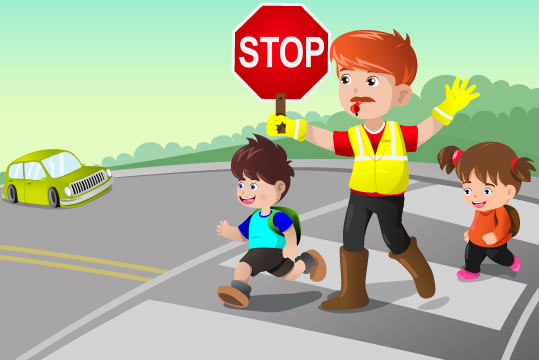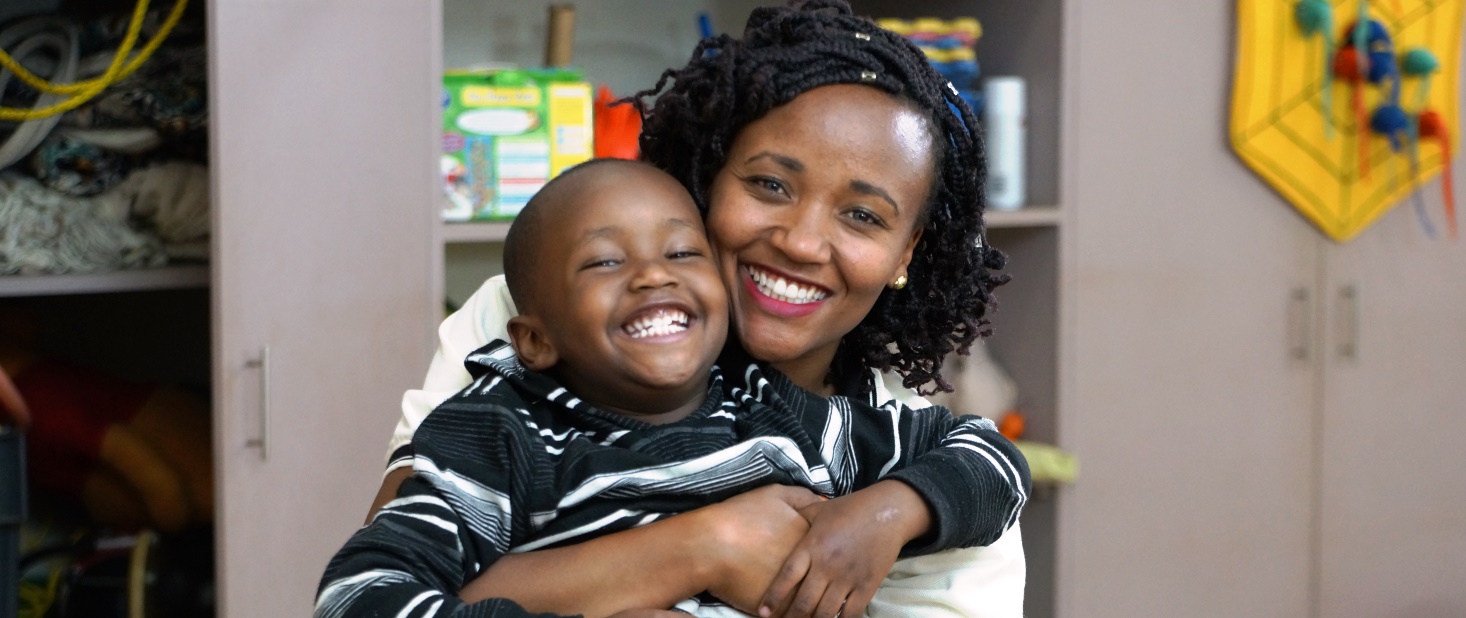Many children with Autism Spectrum Disorder (ASD) often have limited awareness of what is safe and what is harmful. This exposes them to many dangers in their environment both in school and at home. The following ten tips show you how to effectively teach child safety to an autistic child. We will focus on these three unique areas.
- Stranger danger awareness for an autistic child
- Fire Safety visual schedules for an autistic child
- Street Safety and Car Safety for an autistic child
Stranger Danger Awareness for an Autistic Child
#Tip 1: Constantly teach the autistic child who is a stranger is. A one or two lessons will not bear much fruit. The child needs to understand that a stranger is not a family member, a school mate or a teacher. Use lots of pictures that will cut across gender, race or nationality.
#Tip 2: Use clear and child-friendly visual information and visual charts to illustrate to them what to do when they encounters a stranger.
#Tip 3: Using age-appropriate and individualized Social stories depicting the danger is also a great way to teach.
#Tip 4: Introduce the child to safe strangers in his/her community. Show them picture and videos of these safe strangers helping people and pets. Examples of safe strangers are: The police, Medical practitioners/paramedics, and fire fighters.
#Tip 5: For the autistic child who might not be able to follow the visual charts, close monitoring is encouraged both at home and in school. The child should always be within sight at all times in all environments.
Street Safety And Car Safety
If your child walks home or takes a car home here are a few considerations.
# Tip 6: Ensure you have firmly held your child’s hand while you are walking along a busy street or crossing the street
#Tip 7: Purchase a special needs car seat that has a special harness or vests that keep the child secure and prevents them from unbuckling.

Fire Safety and Visual Schedules For An Autistic Child
Fire can occur in any environment and it is critical for parents to frequently creatively show the children what to do. How?
#Tip 8: Role playing; let the child be the fire fighter and you act as the individual in the burning house who needs rescuing. Show them what one is expected to do before help arrives. Have fun while doing this and they will surely remember.
#Tip 9: The do2learn website has great picture cards created specifically to aide parents/caregivers to create a fire safety visual schedule for an autistic child.
Here are a few tips to teaching a visual schedule.
- Print out the flash cards.
- Arrange the correct sequence with the child for the first few times.
- Let the child try to independently put the sequence with maximum prompts.
- Let the child try to independently put the sequence with minimal prompts.
- Let the child try to independently put the sequence.
- Hang the completed visual schedule on the child’s home notice board.
Conclusion
Keeping the autistic child safe in our environment involves the active participation of the family and community members who come into daily contact with the child.
#Tip 10: Be Proactive. As a parent/caregiver, think about the places in which your child needs to be protected and take necessary precautions for safeguarding him/her.
Bonus Tip
#Tip 11: Lastly, Keep track on the frequency of the safety lessons taught to your child. Set up a timetable that will ensure that all the relevant safety skills are taught throughout the year.
Let’s Learn From Each Other
We are curious to know, what strategies have worked for you as a parent, a teacher, a therapist or a caregiver? Feel free to leave a comment and tell us about what has worked and what has not worked from your experience



